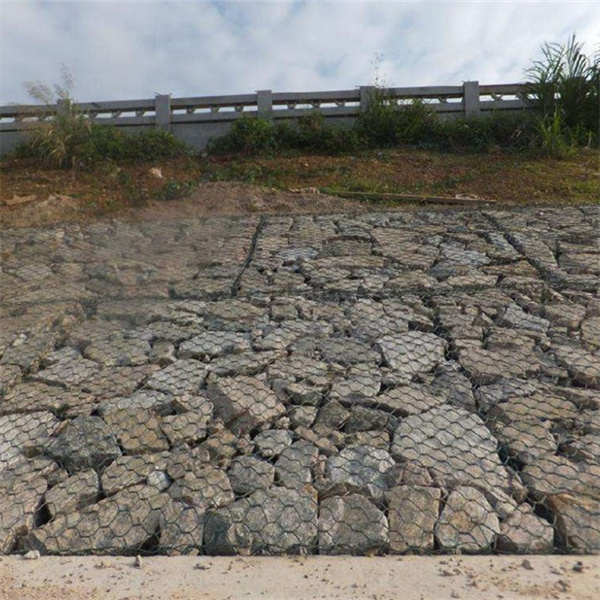நவ் . 01, 2024 02:31 Back to list
Innovative Solutions for Joining Gabion Structures Effectively and Securely
Gabion Connectors An Essential Element in Modern Landscape Engineering
Gabion structures have gained widespread popularity in landscape architecture and civil engineering due to their versatility, durability, and aesthetic appeal. These wire mesh containers, typically filled with rocks or other materials, are used for various applications including retaining walls, erosion control, and decorative landscaping. However, the effectiveness and longevity of these structures heavily rely on the quality and efficiency of gabion connectors.
Gabion connectors are specialized hardware designed to join and secure gabion units together. They play a critical role in ensuring the structural integrity of the entire system. By effectively linking individual gabion baskets, these connectors help distribute loads evenly, thus preventing potential failure under pressure or during extreme weather conditions. The choice of connectors can significantly influence the overall performance and stability of gabion structures.
There are several types of gabion connectors available in the market, including spiral wire connectors, metal clips, and locking pins. Spiral wire connectors are often preferred for their ease of use and ability to create tight, secure joints. These are typically made from galvanized steel, which resists corrosion and provides longevity even in harsh environmental conditions. Metal clips are another option, offering a faster installation process due to their simplicity. Meanwhile, locking pins provide a robust connection that can withstand significant tensile and compressive forces.
gabion connectors

One of the most significant advantages of gabion connectors is their ability to facilitate adaptability and customization in design. Landscapers and engineers can create unique shapes and configurations, tailoring structures to meet specific project requirements. This flexibility also allows for easier maintenance and modification in the future, which can be especially beneficial in dynamic environments prone to shifting landscapes.
Moreover, the ecological benefits of gabion structures are enhanced by the use of effective connectors. By promoting natural drainage and vegetation growth, these installations can blend harmoniously into their surroundings. This not only adds to the aesthetic value but also contributes to ecological restoration efforts. The combination of sturdy gabions and reliable connectors ultimately leads to sustainable solutions that mitigate erosion and stabilize slopes while maintaining environmental integrity.
In conclusion, gabion connectors are a fundamental component in the construction of gabion structures. Their ability to secure and stabilize individual units ensures the longevity and performance of these versatile solutions. As the demand for resilient and adaptable landscape engineering continues to grow, the role of gabion connectors will remain vital in delivering effective, sustainable, and aesthetically pleasing structures. Whether used in civil infrastructure or landscaping, investing in high-quality connectors is essential for any successful gabion project.
-
Wire Mesh Thickness Impact on Gabion Wall Load Bearing
NewsAug.12,2025
-
Ultimate Guide to Hexagonal Gabion Box
NewsAug.12,2025
-
Types of Rocks for Gabion Baskets Durability and Aesthetics
NewsAug.12,2025
-
Standard Gabion Box Sizes and Their Industrial Applications
NewsAug.12,2025
-
Easy Guide to Building Garden Gabion Cages at Home
NewsAug.12,2025
-
Drainage Solutions for Gabion Mesh Structures
NewsAug.12,2025
-
Visualizing Gabion 3D Integration in Urban Landscapes with Rendering
NewsJul.23,2025






